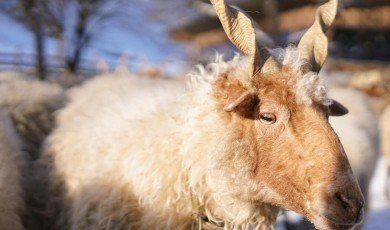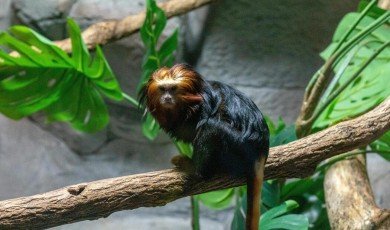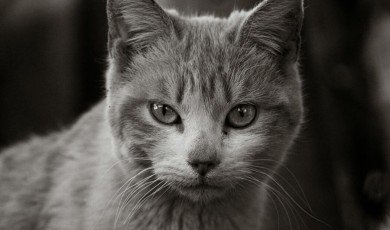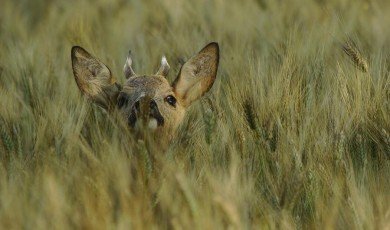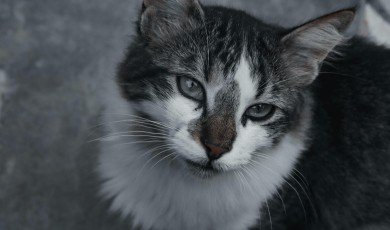
Every corner of the Earth brims with extraordinary wildlife—from the regal African lion, the wise mountain gorilla, and the agile dolphin, to the endangered Sumatran tiger. As champions of our planet’s natural wonders, we strive not only to celebrate these majestic creatures but to actively protect them. In a world where borders fade and communities unite for conservation, medical translation emerges as a vital bridge in advancing animal health and wildlife preservation.
Bridging Borders for Better Wildlife Health
Wildlife conservation is no longer constrained by geography. Conservationists, veterinarians, and researchers collaborate globally to save wildlife from the threats of habitat destruction, poaching, and emerging diseases. Yet, collaboration across continents and cultures comes with challenges—none more critical than effective communication. When health emergencies strike or important research data needs to be shared quickly and accurately, language should never stand as a barrier.
Medical translation services play a pivotal role in ensuring that life-saving veterinary knowledge, diagnostic resources, and treatment protocols are exchanged seamlessly across linguistic boundaries. Accurate translation not only enables the flow of vital scientific and medical information but also empowers conservationists to respond swiftly and protect vulnerable animal populations.
The Critical Role of Medical Translation in Wildlife Conservation
1. Ensuring Accurate Diagnosis and Treatment Across Borders
Disease outbreaks are among the greatest threats facing wildlife populations. Infectious diseases—some of which can jump from animals to humans (zoonoses)—are global concerns. For example, the Ebola virus nearly wiped out entire groups of gorillas in Africa, while canine distemper has affected big cats like lions in Tanzania’s Serengeti.
When researchers and veterinarians encounter an unknown disease or a new threat, time is of the essence. Resources and research findings, often published in various languages, hold the keys to identification, containment, and treatment. Quality medical translation ensure that vital protocols, medical records, laboratory reports, and veterinary research are accessible to field teams—whether they are in remote African savannas or Asian rainforests. By quickly disseminating accurate translations, animal health professionals can implement evidence-based treatments sooner, saving countless lives.
2. Facilitating Global Conservation Efforts
Modern wildlife conservation relies on international cooperation. Organizations such as the World Wildlife Fund, CITES, and regional wildlife agencies routinely exchange information, collaborate on research, and plan cross-border rescue operations. Each of these activities requires the precise interpretation and translation of scientific and medical documents.
For example, when translocating a herd of elephants to protect them from poaching, veterinarians must ensure that health certificates, vaccinations, dietary needs, and quarantine guidelines are accurately communicated among diverse teams. Medical translation guarantees that all involved parties understand the animals’ health status and required interventions, thereby improving outcomes and minimizing risks.
3. Advancing Research for Endangered Species
Groundbreaking research efforts often hold the promise of new hope for critically endangered species. Studies on reproductive technologies, genetic diversity, and disease resistance are published in leading journals spanning multiple languages. Ensuring this knowledge is accessible on a global scale accelerates innovation and allows conservationists across the world to implement best practices.
Imagine a breakthrough in artificial insemination for tigers developed in Russia; without medical translation, such knowledge could remain out of reach for wildlife vets in India or Indonesia, limiting the effectiveness of local conservation strategies. By overcoming language barriers, we give every endangered creature a fighting chance.
4. Empowering Communities and Educators
Conservation is most successful when local communities are actively involved. Whether it’s providing indigenous rangers with training materials, sharing guidelines for coexisting with large predators, or distributing information during wildlife disease outbreaks, clear and culturally appropriate medical translation is essential.
Furthermore, educating the next generation of wildlife stewards depends on accessible knowledge in multiple languages. From field guides and veterinary manuals to disease prevention campaigns, translated resources empower both professionals and the general public to take meaningful action for animal health.
Case Studies: Medical Translation Making a Difference
Combating the Chytrid Fungus in Amphibians
Chytridiomycosis, caused by the chytrid fungus, has decimated amphibian populations worldwide. Researchers from South America, Europe, and Australia have spearheaded responses, developing protocols for treatment, quarantine, and recovery. Through medical translation, these lifesaving approaches are now used by conservationists and veterinarians around the globe, turning local insights into global solutions and giving imperiled frogs and salamanders another chance.
Protecting Marine Mammals from Emerging Threats
Dolphins, whales, and seals face increasing threats from pollution, disease, and habitat loss. When an epidemic of morbillivirus struck seal populations in the North Atlantic, rapid sharing of medical data and treatment protocols—facilitated by expert translation—enabled coordinated international action, minimizing casualties and informing future outbreak responses.
International Rescue of Injured Large Mammals
From tranquilizing and relocating elephants to treating injured rhinos, cross-border task forces often unite for challenging rescue missions. Sharing detailed veterinary records, health histories, and anesthesia protocols demands flawless translation. Every detail counts in high-stakes interventions that can mean life or death for these towering ambassadors of their ecosystems.
Overcoming Challenges in Medical Translation for Animal Health
Translating medical and scientific information is a specialized skill. It goes beyond finding equivalent words—it demands a deep understanding of veterinary terminology, cultural context, and the nuances of local conservation needs. Qualified translators work closely with animal health professionals to ensure that instructions are accurate, unambiguous, and adapted for their intended audience.
Moreover, technology now plays a role. Advances in digital communication and translation memory tools help speed up the dissemination of crucial documents, training modules, and alerts. But human oversight remains irreplaceable for accurate and reliable medical translation.
Looking Forward: A United Front for Wildlife Health
Wildlife faces ever-evolving challenges, from deadly diseases to the rapid loss of habitat. Our response must be both swift and united—and that unity depends on our ability to transcend language. By investing in robust, expert medical translation services, we ensure that every innovation, every guideline, and every piece of critical research reaches those who need it most, wherever they are.
As supporters of the natural world, we all play a part in protecting Earth’s wondrous creatures. Whether you advocate for policy change, raise awareness, or support the translation of medical knowledge, your actions resonate beyond borders—helping lions prowl, gorillas climb, dolphins leap, and tigers roar for generations to come.
Join Us in Taking Action for Wildlife
Spread the word about the essential role of medical translation in animal health. Support projects and organizations that invest in accessible, cross-border veterinary knowledge. For more information about professional translation services dedicated to medicine and animal welfare, visit PoliLingua Medical Translation Services.
Together, we can overcome language barriers and ensure a healthier, safer future for Earth’s incredible wildlife!
Most Read
Featured Posts
